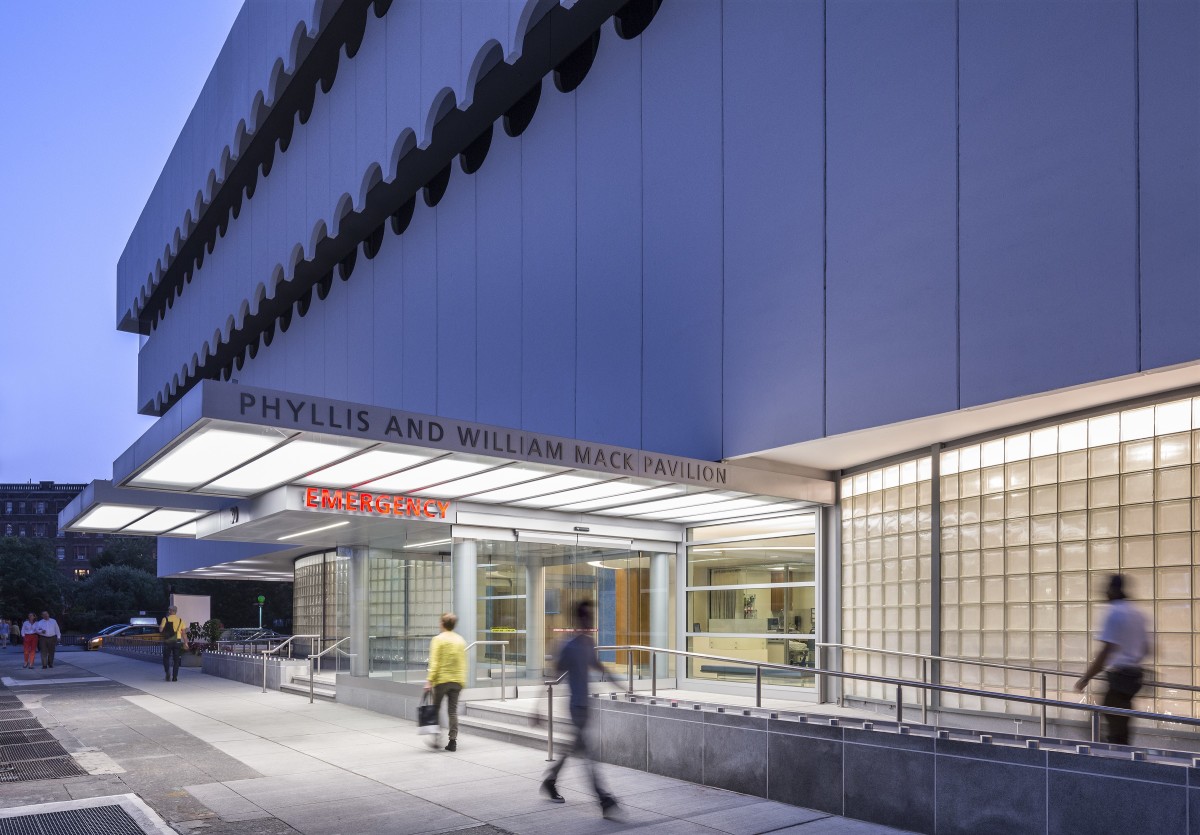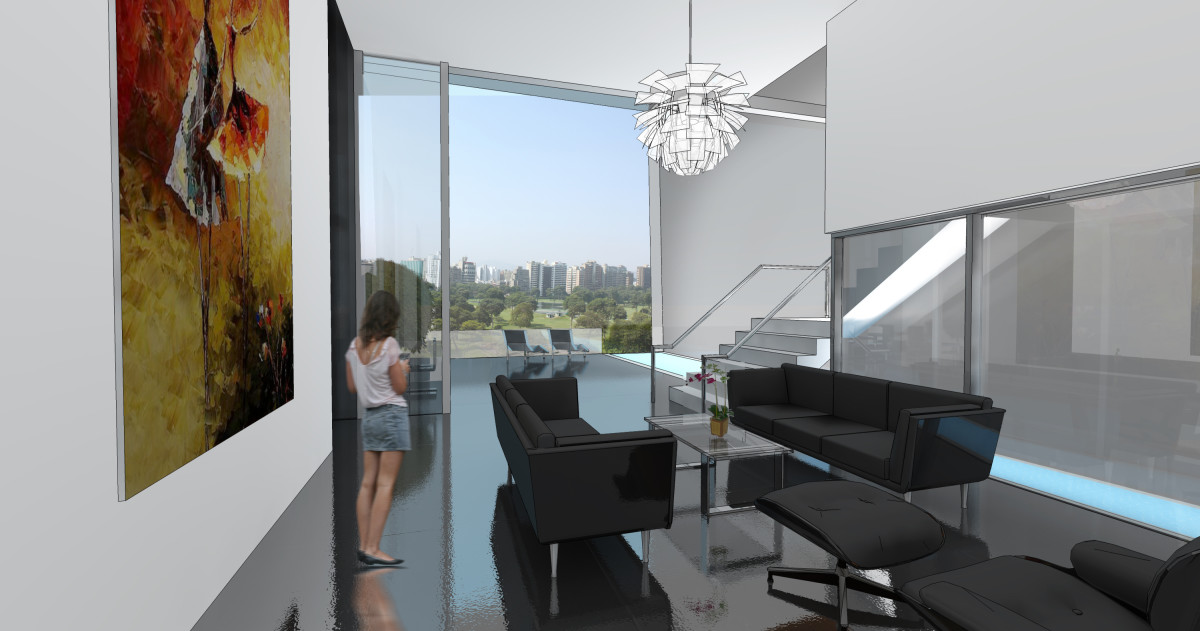Robert Herrera was taking a tour through Lenox Health Greenwich Village before the facility officially opened its doors to the public last summer. Unbeknownst to the construction contractor leading the tour, Herrera was the architect who designed the building.
“So they tell me this young kid sat in this room by himself and coordinated all this stuff,” the contractor said. “Can you believe this young kid coordinated 300 ducts coming down here, shooting across the ceiling to a quarter of an inch away from each light fixture and each fire-protection sprinkler system?”
Herrera, a junior architect at New York-based architecture firm Perkins Eastman, said all of that is half-true. It was an eight-person team, not just Herrera, and they were able to coordinate all of the construction intricacies thanks to building information modeling (BIM) software.
Developers will take all of this in-house, realize it saves them a ton of money, and start rolling out buildings faster than ever. From a design perspective, that’s not a good thing.
According to Herrera, who is currently transitioning from Manhattan to Wilmington, BIM is changing the face of architecture by saving developers time and money and boosting efficiency.
BIM software such as Revit helps architects conceptualize a 3D design, facilitate trade coordination and provide the most accurate cost analysis by outlining material quantities to a fraction of an inch.
“Similarly, I have seen companies develop code-clashes where the model will alert you when something you have drawn does not comply with international building code,” Herrera said.
Herrera graduated from the New Jersey Institute of Technology in 2009. Knowing how to use BIM software was, according to him, the only reason he got a job during the recession. The firm that hired him laid off dozens of people and brought him on solely to use the software — why?
“Because one person [using the software] could do five people’s jobs,” he said. “All the older people hated me, all their buddies just got laid off. I had to tell people I was an intern.”
Ever since, Herrera has worked on a handful of impressive projects, including designing a building in collaboration with famed Swiss architecture firm Herzog and De Meuron. “That’s my real claim to fame,” Herrera said. “These are the kinds of guys you’ll remember years from now.”
Herrera said none of that would have been possible if it weren’t for BIM.
The impact this technology will have on the history of architecture and the process of actually designing and constructing a building is what piques Herrera’s interest most.
“A little over a few hundred years ago, a building was a lifelong endeavor,” he said. “Building a building took a lifetime. That’s not so long ago in the grand scheme of humanity.”
Especially considering only a little over three decades ago, architects were just starting to transition from paper designs to digital with a program called AutoCAD. But, say, your favorite Frank Lloyd Wright building?
“Everything was done by hand,” Herrera said. “There was a tangible human touch in that. It wasn’t quite a lifetime of a project, but there was something tangible to it.”
Now, architects do all of that on a computer. Changes can be made on the fly and the entire team can be managed and notified of tasks and changes from the cloud. What used to take a lifetime now only takes a few months.
What does that mean for society in the aggregate? What does it say about us?
“I don’t believe the buildings we build today will last as long as those built back when it took a lifetime to build one building,” Herrera said. Those buildings, he said, will stand the test of time while more modern buildings won’t. But, Herrera said, there’s nothing at all wrong with that. It’s just, well — it’s telling.
“Particularly good architecture reflects the society it’s building for, and that’s our society today,” he said. “Four centuries from now, when people look back on our time period, they’ll think of the kings of our time — Facebook, Google, banks — and there are monuments to them that are slapstick buildings, built cheap and efficiently.”
What does this mean for the future? Herrera said architecture as a profession is becoming a liability business.
“Developers will take all of this in-house, realize it saves them a ton of money, and start rolling out buildings faster than ever,” he said. “From a design perspective, that’s not a good thing. From a financial perspective, they’ll make hand over fist.”
And as for Herrera? He said he’s transitioning away from working in New York City to do some “fun projects” in Wilmington. More to come.
Join the conversation!
Find news, events, jobs and people who share your interests on Technical.ly's open community Slack

Delaware daily roundup: Delmarva Power vendor stats; DelDOT's $15M federal grant; 50 best companies to work for

Delaware daily roundup: Over 4,000 Black-owned businesses uncovered; Dover makes rising cities list; a push for online sports betting

Delaware daily roundup: Ladybug Fest illuminates small biz; Hahnemann Hospital's biotech future; intl. politics and a Middletown project


